Your go-to guide to the extensive Royal Archives Collection on Findmypast
2-3 minute read
By Niall Cullen | May 10, 2023
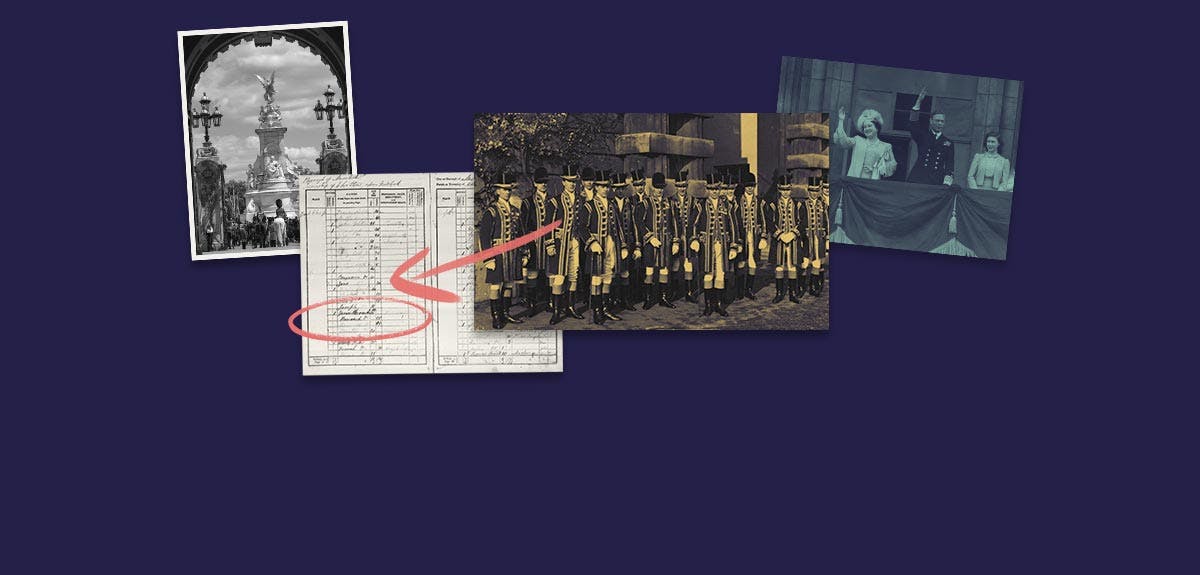
There's no better time to take up the exciting task of uncovering whether you have royal roots.
The Royal Archives Collection on Findmypast is comprised of a unique selection of records relating to nearly 400 years of the British Monarchy.
If your ancestor worked for the royal family or was associated with them in other ways, these royal records could be vital for learning the history around them. Our partnership with the Royal Archives has made these fascinating records available online for the first time, only at Findmypast.
Royal Household Staff 1526-1924 includes over 386,000 employment records from royal residences across the UK and dates all the way back to when Henry VIII was on the throne. The record set features several different types of documents including:
- Payment and employment lists, including pensions and allowances
- Account books from 1730-1845
- Establishment lists for Lord Chamberlain’s Department, 1837-1924
- Royal Mews Warrant Books, 1760-1867
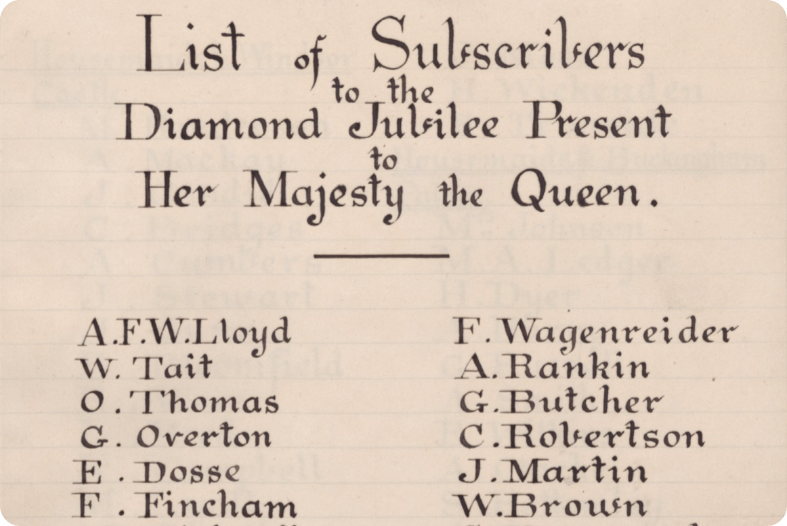
Records of staff who contributed to Queen Victoria's jubilee gift. View this record here.
For full details of the records, including their Royal Archives' reference, visit the search page and scroll to 'Discover more about the Royal Household Staff records'.
The Royal Household was broadly divided into four different departments, each headed up by a Great Officer of the Household:
1. The Lord Chamberlain's department
This function dealt with ceremonial and social life and covered professions such as pages, chaplains, musicians, watermen and Yeomen of the Guard.
2. The Lord Steward's department
Renamed as the Master of the Household's Department in the 1920s, all domestic and culinary matters were handled here. All kitchen staff and housekeepers worked under this division.
3. The Master of the Horse's department
This department later became known as the Royal Mews department and arranged transport and looked after the royal stables. Coachmen, chauffeurs and footmen can all be found listed under this household department.
4. Privy purse
All financial matters were dealt with by the Privy Purse. The Monarch's personal staff such as dressers and valets, as well as the more senior staff members also fell under this group's responsibility.
Why the records are important for genealogists
The variation of documents included and information within these documents make them a fascinating and useful source for family historians. Your ancestor may well appear more than once in the collection, giving you the opportunity to discover details about their life that you wouldn't find elsewhere.

A salary and pension list for Royal Mews established staff, 1828. View this record here.
The details you can garner change from record to record but generally, you can expect to find out your relative's age, job title in the Royal Household, dates of employment and why it ended, salary and pension and date of death. Some records even include the staff member's signature or details about their World War 1 service.
Delving into these records, we can find the Master of the Household’s Department Establishment List which includes a complete list of all household staff from approximately 1910 – 1925, including pensioners. In the kitchen of the palace, we find William L. Etherton working as the ‘steam apparatus man,’ entering his service there in 1885.

William L Etherington in the Royal Archives. View the full record here.
He indicates the same employment in the 1921 Census while residing in Streatham with his wife Rose, their two children, and his older sister.

William Etherington in 1921 Census. View the full record here.
Certain roles within the Royal Household are, of course, no longer in existence, but some may surprise you. There are still a number of telephonists – or switchboard operators – working for the royal family, receiving some 4,000 calls per week. We also found Frederick Weller, a luggage packer in 1921, who's duties now belong to personal assistants and stylists for the family.
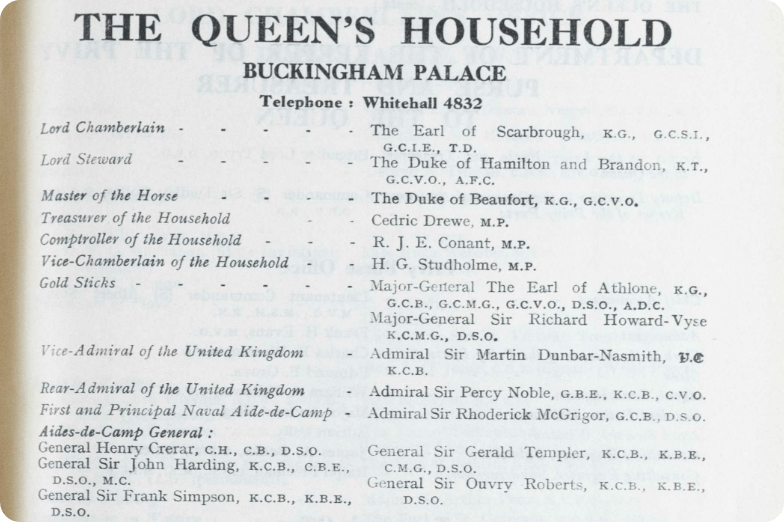
Queen Elizabeth II's household on the year of her coronation, 1953. View this record here.
You can also explore the Royal and Imperial Calendars from 1767-1973, which lists all employees in civil service – including the Royal Households. While these publications are more basic in terms of the information provided, they still give a very specific documentation year over year of the role in which a person was employed and the property at which they worked.
It’s also interesting to compare transition years; which staff remained in place when a new monarch took the throne? All of this is possible to determine with these materials. Above, we see the initial list of the late Queen Elizabeth II's Household for the year of her coronation, 1953.
Want to learn more? After you've gone down the rabbit hole of our Royal Household records, explore King Charles' family tree, or delve into the meaning behind recent royal names.
Related articles recommended for you
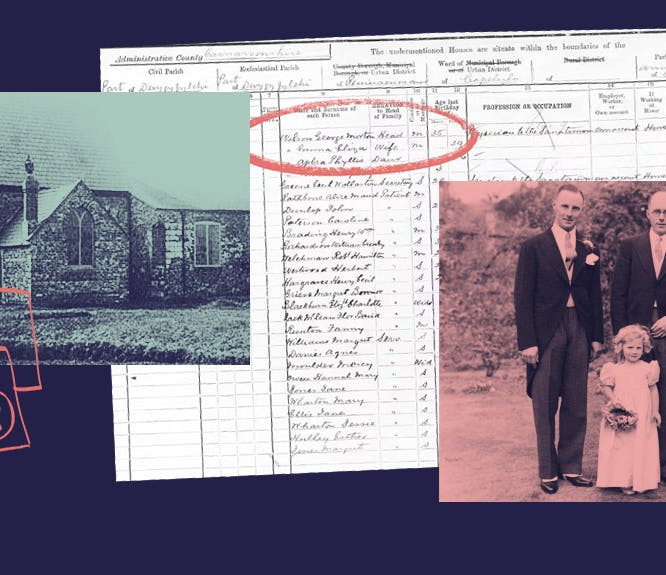
Here's how to research the double-barrelled surnames in your family tree
Help Hub

Browse British Calendars and Durham Baptisms like never before
What's New?
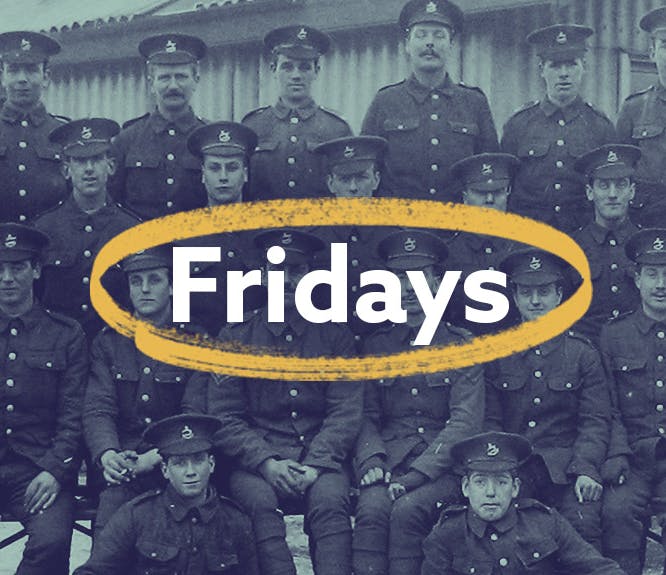
Discover the stories of your military ancestors this week
What's New?

